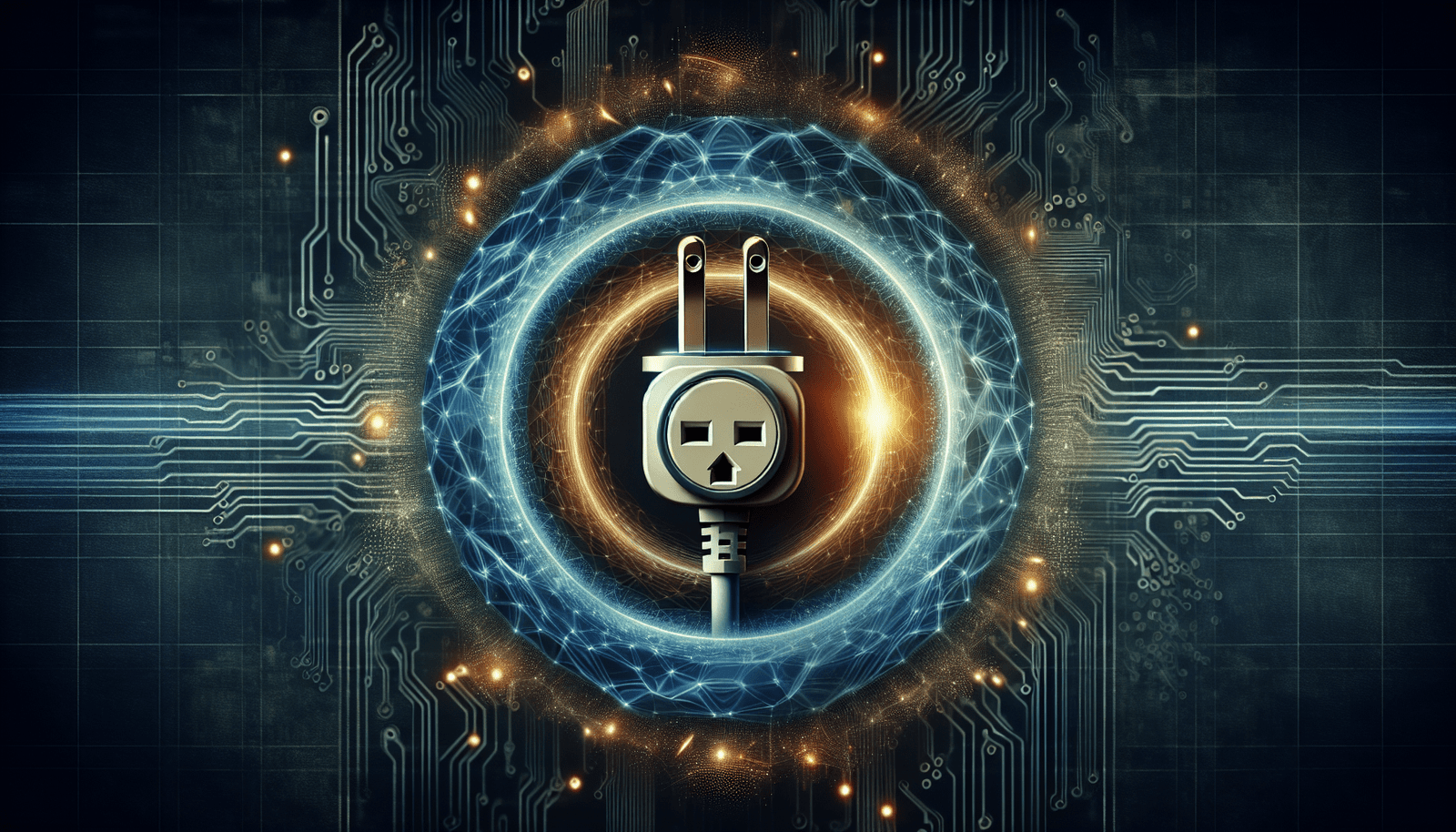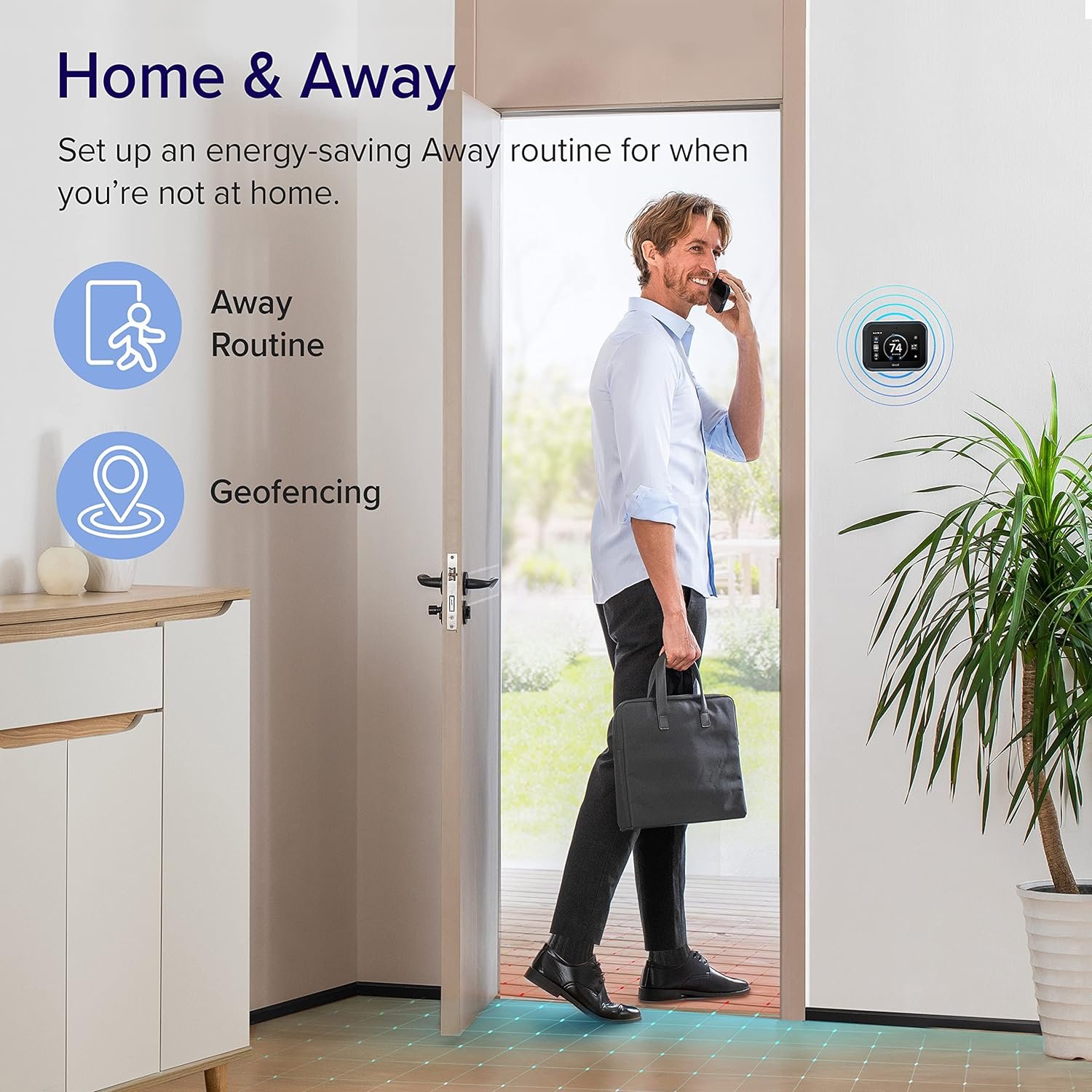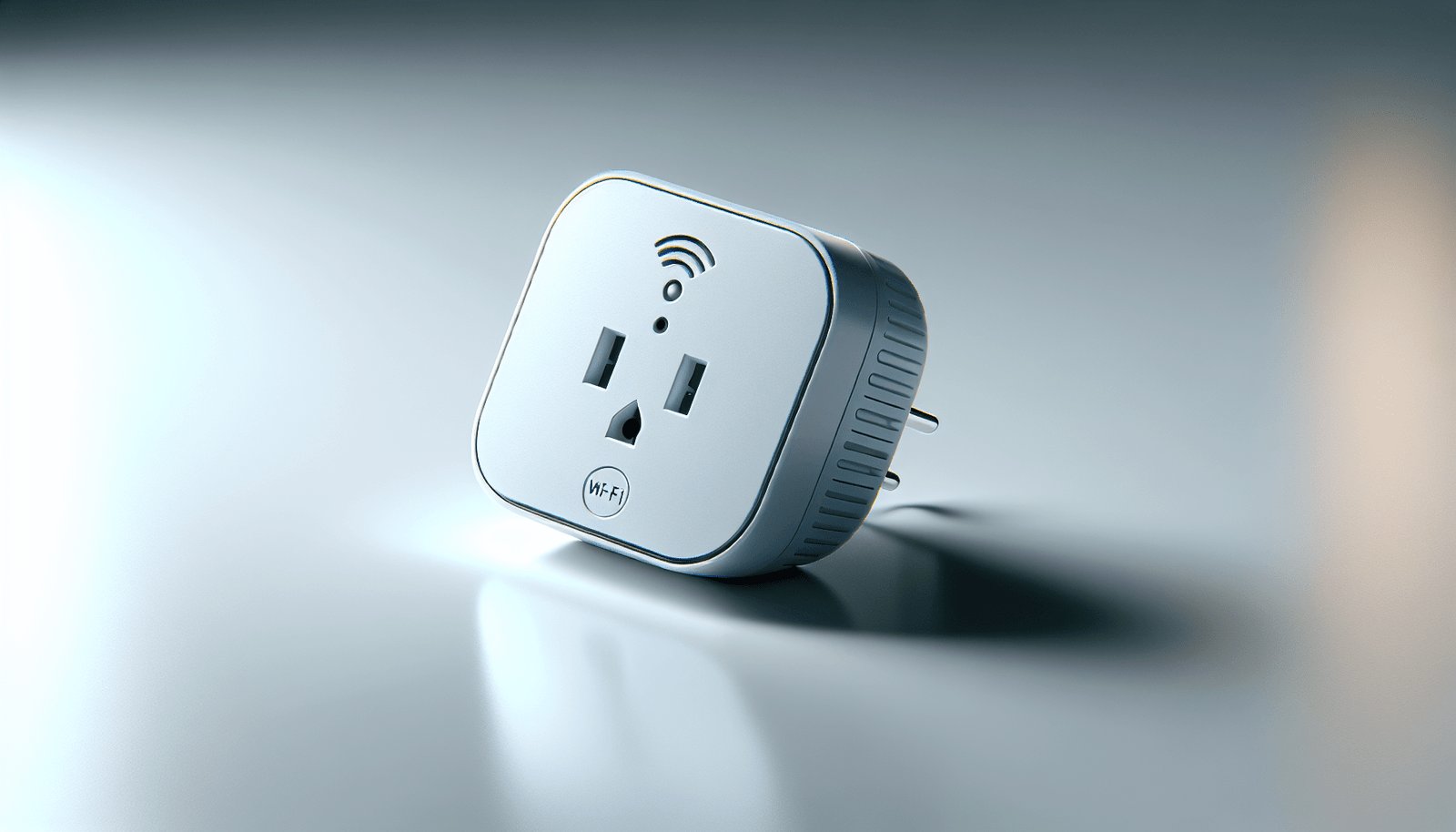Have you ever considered how your smart home devices might be impacting your electricity bill, specifically the smart plugs? Integrating technology into our homes is more common than ever, but with advancements come questions about cost implications. In this article, we’ll explore the world of smart plugs and address whether they are likely to increase your electricity bill.
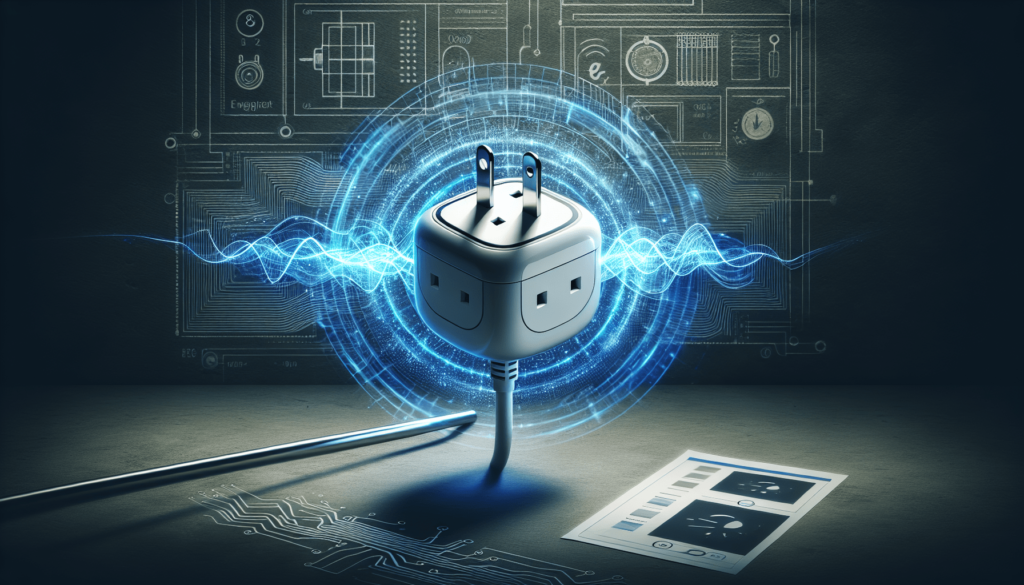
What are Smart Plugs?
Smart plugs are devices that allow you to control the power supply to any electric appliance via a smartphone app or voice control. They act as a bridge between your power outlet and your device, turning a standard appliance into a smart one. Simply plug the smart plug into your wall socket and then plug your device into the smart plug. It’s an easy way to add some smart capability to your home without a hefty investment.
How Do Smart Plugs Function?
Smart plugs connect to your home Wi-Fi network, enabling you to switch devices on or off remotely, schedule on/off times, and monitor energy usage in real-time. Many smart plugs are compatible with virtual assistants like Amazon Alexa or Google Assistant, allowing you to control devices with voice commands. By using an app, you can see which appliances are turned on and adjust their usage from anywhere.
The Convenience and Utility
Utilizing smart plugs brings convenience to everyday life. Imagine turning on your coffee maker while you’re still in bed or ensuring that the iron is off when you’re already halfway to work. With the control right at your fingertips, you can automate routines and eliminate the stress of wondering whether you remembered to switch something off.
Do Smart Plugs Consume Electricity Themselves?
While smart plugs offer convenience and additional control, they do indeed consume a modest amount of electricity themselves. This draw is necessary for them to stay connected to your Wi-Fi network and to listen for commands. However, the consumption is typically very low. On average, a smart plug may use about 1-2 watts of power when idle. Over time, this can add up, but it’s generally negligible compared to the overall household consumption.
Understanding Standby Power Consumption
Many electronic devices continue to draw power even when they are turned off—a phenomenon known as standby power or “vampire” power. A smart plug can help in cutting this unnecessary energy use by completely shutting off power to the appliance when it’s not in use. Therefore, while smart plugs themselves use a small amount of power, they can help save more by reducing standby power usage across your devices.
Balancing Energy Use
The key to leveraging smart plugs without significantly impacting your electricity bill is understanding how they can optimize energy use. By scheduling devices to turn off when not needed, you can effectively decrease energy consumption over time, often leading to noticeable savings.
Smart Plugs and Electricity Costs
The concern that smart plugs might increase the electricity bill often stems from misunderstanding how these devices work and the amount of power they consume. Let’s delve into how adopting smart plugs can actually lead to cost savings rather than an increase.
Monitoring and Managing Usage
One of the most significant benefits of smart plugs is their ability to monitor energy usage. Many models offer apps that display real-time electricity usage data, empowering you to identify which appliances are energy hogs and adjust accordingly. By gaining insight into your devices’ energy use, you can make informed decisions about how to reduce unnecessary consumption.
Automating Schedules for Savings
Smart plugs offer scheduling functions that help maximize energy efficiency. For instance, you can set lights to turn off automatically at sunrise or ensure that your TV doesn’t stay on all night. This automated control significantly reduces the likelihood of human error, providing a practical way to cut down on your electricity bill.
Cost-Benefit Analysis: Smart Plugs vs. Traditional Methods
To provide a clearer picture, let’s compare smart plugs with traditional methods in terms of cost, convenience, and potential savings.
| Criteria | Smart Plugs | Traditional Methods |
|---|---|---|
| Initial Cost | Affordable (varies by model) | None or minimal |
| Convenience | High (remote control, scheduling) | Medium (manual operation) |
| Potential Savings | Significant over time with use | Limited by human consistency |
In essence, while smart plugs do have a purchase cost, their potential to automate and efficiently manage energy use can lead to significant savings in the long run.
Installation and Setup of Smart Plugs
Another concern might be the ease or difficulty in setting up smart plugs. Fortunately, these devices are designed to prioritize user-friendliness, making them an excellent option for beginners in smart home technology.
Step-by-Step Setup Guide
-
Purchase a Compatible Smart Plug: Ensure the plug you choose is compatible with your Wi-Fi network (usually 2.4 GHz) and any smart home systems you’re using (such as Alexa or Google Assistant).
-
Download the App: Each smart plug will have a corresponding app to download on your smartphone. Follow instructions to install it.
-
Connect the Smart Plug: Insert the smart plug into an electrical outlet. The app will guide you through connecting the smart plug to your Wi-Fi network.
-
Configure Settings: Use the app to name the smart plug, assign it a location, and configure any initial settings like timers or schedules.
-
Connect to Virtual Assistants: If you’re using a virtual assistant, link your smart plug with your assistant account through the app settings.
-
Test the Functionality: Make sure everything is working correctly by testing various features like remote operation or voice commands.
Troubleshooting and Connectivity Issues
While the setup process is straightforward, connectivity issues may occasionally arise. Here are some troubleshooting tips:
-
Weak Wi-Fi Signal: Ensure your router is in a good position to provide a robust signal. You may need a Wi-Fi extender if the signal is weak.
-
Software Updates: Keep your smart plug’s firmware and app updated to the latest version to prevent connectivity issues.
-
Device Compatibility: Sometimes, specific smart home systems may require different configurations. Check compatibility and reach out to customer support if needed.
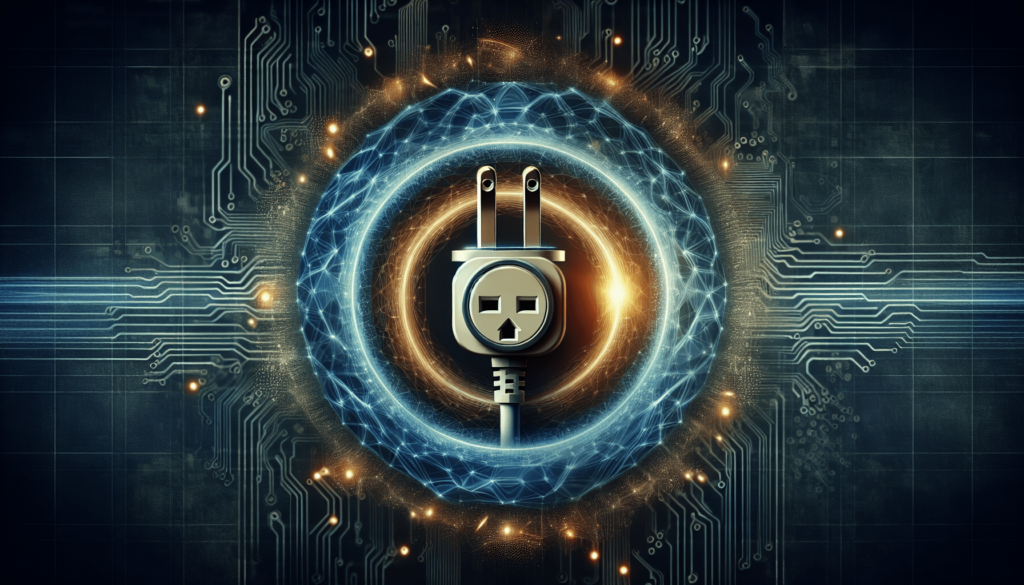
Smart Plugs vs. Traditional Plugs vs. Smart Switches
It’s essential to understand how smart plugs stack up against other devices like traditional plugs or smart switches. Each has its advantages and is suited to different needs.
Traditional Plugs: The Classic Choice
Traditional plugs are what you already use in your home. They’re inexpensive and require no setup but don’t offer any additional features or energy-saving benefits outside of manual operation.
Smart Switches: An Integrated Solution
Smart switches replace traditional wall switches and control the power to fixtures directly. They offer many of the same benefits as smart plugs but require more involved installation, often needing to be wired in, which might not be an option for renters.
Simple Comparison
To help with your decision, here’s a simple comparison:
| Feature | Smart Plug | Traditional Plug | Smart Switch |
|---|---|---|---|
| Installation | Easy (plug-and-play) | Instant | Moderate (may require an electrician) |
| Control Flexibility | High | Low | High |
| Energy Monitoring | Yes | No | Yes |
| Cost | Moderate | Low | High (in comparison) |
Smart plugs offer a balanced approach for those seeking convenience and flexibility without the need for complex installation.
Addressing Security Concerns with Smart Plugs
Security is a logical concern when adding any connected device to your home. By connecting to the internet, smart plugs could potentially expose your network to vulnerabilities. However, several steps can enhance their security.
Key Security Tips
-
Firmware Updates: Regularly updating your device’s firmware ensures it has the latest security patches against vulnerabilities.
-
Strong Passwords: Use strong, unique passwords for your Wi-Fi network and any app associated with the smart plugs.
-
Network Segmentation: Consider creating a separate network for your smart home devices to limit access if an attack occurs.
-
Privacy Settings: Review and restrict app permissions to minimize data collection and sharing.
Implementing these strategies can significantly diminish potential security risks associated with smart plugs.
The Future of Smart Plug Technology
The evolution of smart plug technology is exciting, with innovations continually emerging to enhance how we use and interact with these devices. Future developments focus on improving user experience, energy reporting accuracy, and integration with other smart home technologies.
Trends and Innovations
-
Enhanced Energy Monitoring: Future smart plugs are likely to offer more detailed and efficient energy monitoring, leading to better insights and optimizations.
-
Smarter Integrations: As compatibility between devices continues to improve, smart plugs will seamlessly integrate with a wider array of systems and appliances.
-
AI and Machine Learning: Leveraging AI to automate and optimize device schedules could provide more sophisticated control over energy usage and cost-saving opportunities.
By staying informed on these trends, you can make savvy decisions about how to incorporate smart technology into your living space.
Choosing the Best Smart Plug for Your Needs
When selecting a smart plug, several factors come into play. It’s important to consider your specific needs, current smart home ecosystem, and what features matter most to you.
Considerations for Making a Decision
-
Compatibility: Ensure the smart plug works with your existing devices and any virtual assistants you plan to use.
-
Energy Monitoring: If energy monitoring is vital to you, confirm the smart plug supports this and offers user-friendly app analytics.
-
Build and Design: Consider the size and design, especially if wall outlets are in tight spaces.
-
User-Friendly App: The app should be intuitive, with straightforward controls and clear information.
-
Price and Warranty: Look for a balance between affordability and reliable customer support and warranties.
Recommended Smart Plugs
Here’s a shortlist of popular smart plugs based on user reviews and features:
-
TP-Link Kasa Smart Plug – Known for its ease of use, energy monitoring, and scheduling features.
-
Wemo Mini Smart Plug – Offers compact design and compatibility with most virtual assistants.
-
Amazon Smart Plug – Seamless integration with Alexa, ideal for those already using Amazon’s ecosystem.
-
Samsung SmartThings Outlet – A versatile choice for users invested in the SmartThings platform.
Each of these plugs offers unique advantages, and choosing one will depend largely on your existing technology setup and personal preferences.
In conclusion, smart plugs are a widely beneficial addition to the modern home. While they do consume a small amount of electricity, their ability to improve energy efficiency, convenience, and control over house appliances can lead to overall cost savings. By understanding their true impact on energy consumption, security considerations, and future potential, you can leverage smart plugs to enhance your home in both functionality and financial savings. Embrace the accessibility they offer, and take a step closer to creating a smarter, more efficient home.
Disclosure: As an Amazon Associate, I earn from qualifying purchases.
